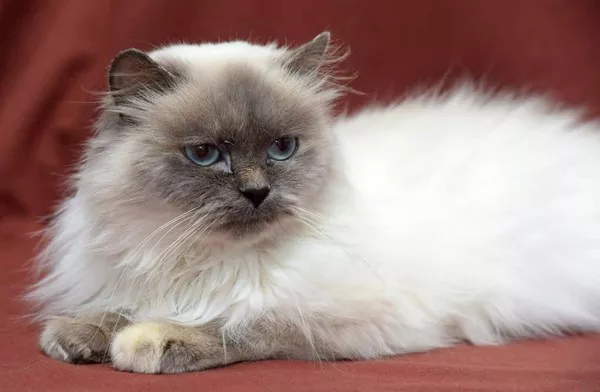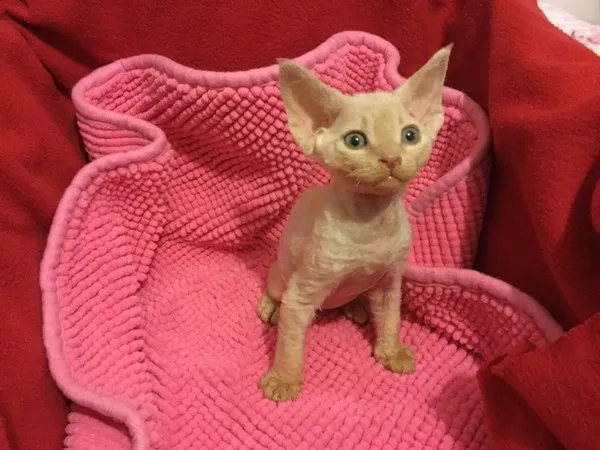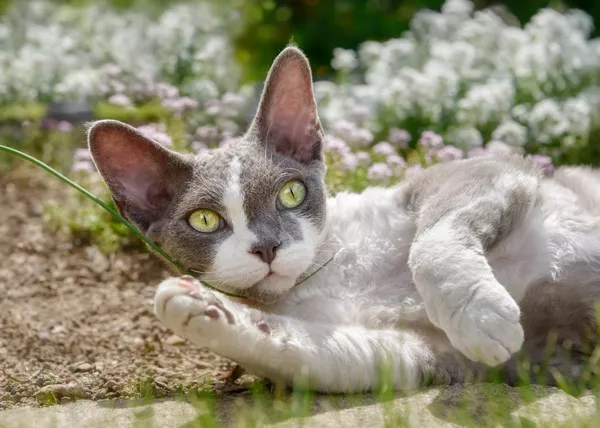Himalayan cats, with their striking appearance and affectionate nature, captivate cat enthusiasts around the world. Understanding the reproductive cycle, particularly the onset of heat, is crucial for responsible cat ownership. In this comprehensive guide, we delve into the intricacies of the estrous cycle in Himalayan cats, providing valuable insights for cat owners and enthusiasts.
Decoding the Estrous Cycle
1. The Essence of Feline Heat
The estrous cycle, commonly referred to as being “in heat,” is a natural and recurring phenomenon in the reproductive life of female cats. This cycle is marked by changes in behavior, physiology, and hormonal patterns, signaling the cat’s readiness for mating. In Himalayan cats, a breed known for its Siamese ancestry, the estrous cycle follows a similar pattern but may exhibit distinctive traits.
2. Puberty in Himalayan Cats
Puberty marks the beginning of the estrous cycle in Himalayan cats. Typically, female cats reach puberty between five and ten months of age. However, the onset of the first heat cycle can vary among individual cats and may be influenced by factors such as genetics, health, and environmental conditions.
Recognizing Signs of Feline Heat
1. Behavioral Changes: The Telltale Signs
Himalayan cats in heat undergo noticeable behavioral changes. Affectionate and docile cats may become more vocal, restless, and exhibit increased attention-seeking behavior. Vocalizations, including loud yowling, are common during the heat cycle as the cat communicates her availability to potential mates.
2. Increased Affection and Attention-Seeking Behavior
During the heat cycle, Himalayan cats may display heightened levels of affection towards their owners. They may rub against furniture, people, and objects more frequently, emphasizing their desire for attention and interaction. Recognizing these affectionate behaviors is crucial for understanding the cat’s hormonal state.
3. Physical Changes: Body Language and Postures
Observing physical changes in Himalayan cats provides additional clues about their heat cycle. Cats in heat may assume distinct postures, such as the lordosis posture, where the cat arches her back and raises her hindquarters. Tail quivering and a lowered stance are additional physical manifestations of feline heat.
Understanding the Estrous Cycle Phases
1. Proestrus: Prelude to Heat
The estrous cycle consists of several phases, with proestrus marking the initial stage. During proestrus, Himalayan cats may exhibit subtle behavioral changes, such as increased friendliness and attention-seeking behavior. This phase typically lasts one to two days and serves as a prelude to the more intense heat phase.
2. Estrus: The Height of Feline Heat
Estrus is the phase commonly associated with being “in heat.” Himalayan cats in estrus become more vocal, restless, and may display overt signs of seeking a mate. This phase typically lasts about a week, during which the cat is most fertile and receptive to mating.
3. Interestrus: A Period of Reprieve
Following estrus, cats enter the interestrous phase. This period is characterized by a return to normal behavior and a temporary cessation of the overt signs associated with being in heat. The length of interestrus can vary but generally lasts for one to two weeks.
Factors Influencing the Onset of Heat in Himalayan Cats
1. Genetics: An Inherited Timeline
The age at which Himalayan cats go into heat can be influenced by genetic factors. Breeding lines and individual genetic makeup play a role in determining the onset of the first heat cycle. Cats from different genetic backgrounds may exhibit variations in the timing of puberty and the estrous cycle.
2. Health and Nutrition: Foundations of Reproductive Well-Being
The overall health and nutritional status of a Himalayan cat play a crucial role in the timing and regularity of the estrous cycle. Cats that receive a well-balanced and nutritious diet are more likely to experience regular and healthy reproductive cycles. Consultation with a veterinarian can help ensure that the cat’s nutritional needs are met.
3. Environmental Factors: External Influences
Environmental conditions, such as the presence of other cats, exposure to male cats, and changes in living arrangements, can influence the onset of heat in Himalayan cats. A stable and stress-free environment contributes to the overall well-being of the cat and may positively impact the timing of the estrous cycle.
Managing Feline Heat: Considerations for Cat Owners
1. Spaying: A Responsible Choice
For cat owners not planning to breed their Himalayan cats, spaying is a responsible and effective option. Spaying, or ovariohysterectomy, involves the surgical removal of the ovaries and uterus, preventing the cat from going into heat and offering additional health benefits, including reducing the risk of certain reproductive-related diseases.
2. Understanding Heat Cycles: Empowering Cat Owners
Awareness and understanding of the estrous cycle empower cat owners to provide appropriate care during the heat phases. Recognizing the signs of heat allows owners to respond with patience, comfort, and understanding, meeting the cat’s heightened needs for attention and interaction.
3. Separation from Males: Preventing Unwanted Pregnancies
During the estrous cycle, female cats may attract male cats from the vicinity. To prevent unwanted pregnancies and ensure the cat’s safety, it is advisable to keep her indoors and away from intact males. Monitoring outdoor activities and limiting interactions with unfamiliar cats contribute to responsible cat ownership.
4. Comfort and Support: Providing a Safe Haven
Creating a comfortable and secure environment is essential during the cat’s heat cycle. Offering cozy resting spots, engaging toys, and additional attention helps alleviate any stress or discomfort associated with being in heat. Understanding the cat’s needs and providing a safe haven contributes to a positive experience for both the cat and the owner.
Conclusion: Nurturing Reproductive Health in Himalayan Cats
In conclusion, the estrous cycle in Himalayan cats is a natural and essential aspect of their reproductive health. Understanding the signs and phases of the estrous cycle empowers cat owners to provide appropriate care, make informed decisions, and contribute to the overall well-being of their feline companions. Whether opting for spaying or navigating the natural course of heat cycles, responsible cat ownership involves a commitment to the reproductive health and happiness of Himalayan cats, fostering a harmonious and supportive bond between cats and their dedicated owners.























